After forty-five years, a change of flavour!
It was the only sunny day forecast for a week, so today was the day. Up at dawn, and a two hour drive, to be greeted by apricots in full bloom.
There’ll be apples here in 3 years.
I cut the scion wood in March, wrapped it in cloth, and buried it in my onion garden. Today, eight hours making the world new, then two hours back home.

That’s a new sunrise in the foreground, and a new fuji in behind.
Fourteen in all! Six last year, and six the year before that (two varieties are going to have their first apples this year). Spring is fun! How did you celebrate it today?
Categories: Agriculture


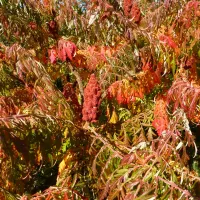
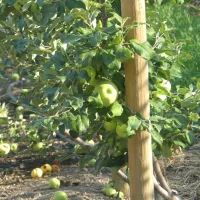



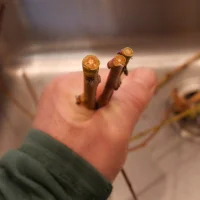


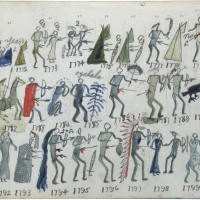
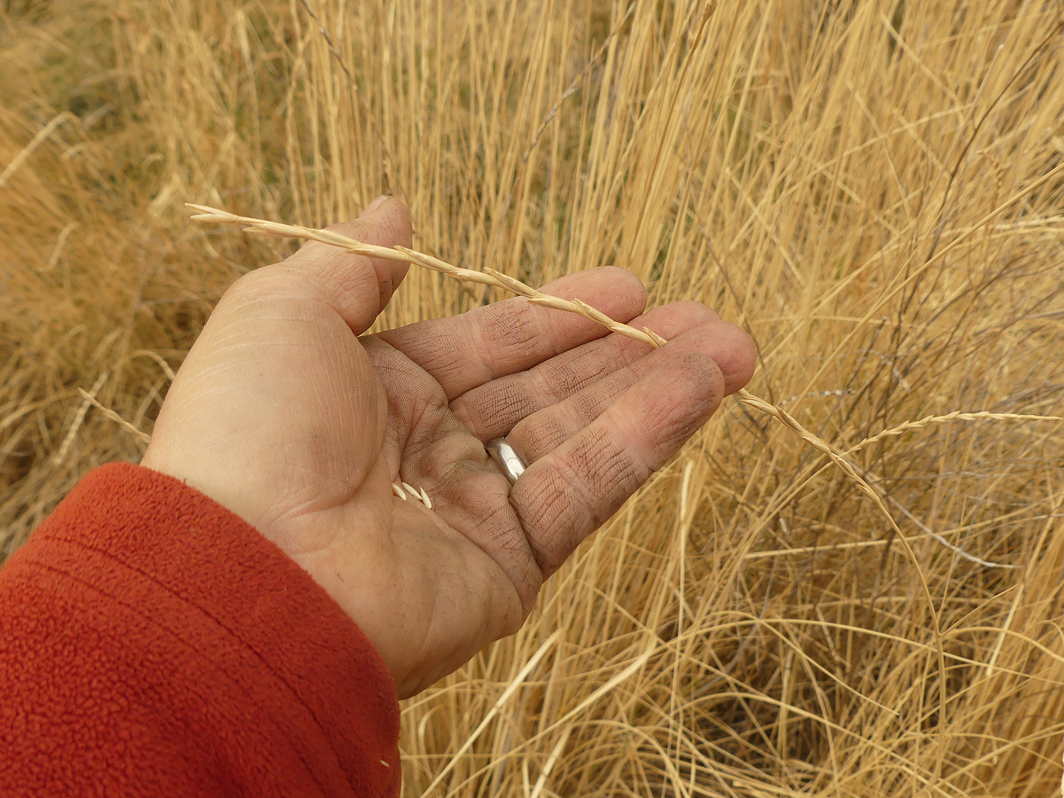


I celebrated today with homemade ice cream–strawberry! With chocolate sauce and whipped cream 🙂
LikeLike
Oh, that’s very nice. Thanks.
LikeLiked by 1 person
🙂
LikeLike
Saw you post about Allan savory but couldnt comment on that, https://www.youtube.com/watch?v=45BgRnLYerI It works very well in Zimbabwe to use livestock to restore the land, I dont understand how it wont work in your place. If they pull up the grasses its because they are kept on the land for too long? And heavy impact of livestock for a short duration followed by 1-12 month or more time of rest, can only be good to land.
LikeLike
Saw you post about Allan savory but couldnt comment on that, https://www.youtube.com/watch?v=45BgRnLYerI It works very well in Zimbabwe to use livestock to restore the land, I dont understand how it wont work in your place. If they pull up the grasses its because they are kept on the land for too long? And heavy impact of livestock for a short duration followed by 1-12 month or more time of rest, can only be good to land.
LikeLike
It’s different grass, that’s all. It’s not suitable to sharp-hoofed herds, as the soil between independent tufts of grass is a crust of algae and bacteria, which operates as a skin, a lung, a heated seedbed, a water-and-seed channeller, and more, in a water-deficit atmosphere. Large, hoofed grazers destroy that, leading to weed environments which are unproductive, that’s all. It has been found, though, that a week of grazing in the spring is sustainable. One week. I also think that a week or two of grazing on weeds can only be helpful, but it must be balanced against the physical cutting of the biological crust. Cheers.
LikeLike
That crust, wasn’t that what was here before plants started to grow on earth? To me it sounds like the crust is there because the land is unhealthy and the plants miss probably managed livestock to get the soil covered and protected, I might be wrong.
LikeLike
This is a very isolated and very different landscape than most. You’re right about the crust, but it survives here and is an essential part of the environment. With it, hundreds of species flourish. Without it, only four or five, and they’re not productive. Without it, there is, in most cases, only dust. There are no perennial, turf-forming grasses, and none will survive. What we get is a prickly annual grass of no value, that turns a landscape of water conservation into total drought by mid-July, and sagebrush, which turns the land into a desert as well. The turf-forming grasses that respond well to herd grazing are on the other side of the Rocky Mountains. Here, between the mountains, herds destroy grass and replace it with nothing good. The result is that cattle are grazed in the forests instead, where they reduce ecological diversity to almost zero, and wind up grazing along the roads, where sod grasses are seeded, and irrigated by the ditches formed to catch run off from the road surfaces.
LikeLiked by 1 person
Maybe you’ll find this read interesting by Allan http://easyforextrading.online/allanUncensored/The-missing-tool-without-which-climate-change-cannot-be-addressed
LikeLiked by 1 person
Great article! The missing animal in this landscape, however, is not large herds: there never were any herds at all. The missing animal is the beaver, trapped out 150 years ago. It created water, saved it, and created landscapes. Everything else is a pale shadow. Also missing are bears and wolves. Wolves have done wonders in Yellowstone, with reintroduction. So, yes, missing animals, that’s definitely the story… just in this case not grazers. Well… of course, with beavers, there are more bears and deer… in the trees along the streams, and venturing lightly onto the grass and back. Thanks for pushing me to make the connection between these two realities. I will definitely be writing further about this.
LikeLike
I suppose when you say “The missing animal in this landscape, however, is not large herds” is in your landscape and the whole answer is about you landscape, it might be true, I will to dry and seem wiser then you about what works in your places.
I’m happy you are interested and you will help spread this knowledge, it is important work he is doing.
I agree with you that beavers are missing in many places, but for them to thrive, they are depended on soil that can infiltrate and hold water so I’ll release it slowly to the streams through the soil and throughout the year, INSTEAD of as in way to many places high water in the river or flood after a rain, then running dry later in the year when rain stops falling. Allan is talking about that in this video from 35:30.
I suppose when you say “The missing animal in this landscape, however, is not large herds” is in your landscape and the whole answer you gave, is about your landscape, it might be true, I will to try and seem wiser than you about what works at your place.
I was also just listing to this talk he gave, put up on youtube, I think you’ll find it interesting https://www.youtube.com/watch?v=IrBauQO2sI4
When you come to 16:35 in the video, listen carefully.
LikeLike
I’ve looked at the material. He’s talking about the great plains, in North America, not the northern Intermontane Grasslands, which never had grazing herds, as they are post-glacial, ie. only effectively 6,000 years old: no bison. Different grass, different atmosphere, different weather, and different human cultural impacts. In fact, these grasslands are the product of human intervention, designed to ensure species diversity and health. I go back to beavers. That is the story. And, no, beavers don’t need herd-induced soil additives. They ARE the herds. And that’s exciting. The story has been missed, because beavers disappeared before European settlement (because of early European contact.) On the great plains, it’s another matter. There the herd story is essential, as you rightly point out. Thanks for your passion on this.
LikeLike
I will not try and disprove you.
Now that you talk so much about beavers, you might find this restoration project in Elko, Nevada interesting, the beavers have comeback after the grazing management was changed and because of the change in management the soil changed, and because the soil changed the river flow changed to be more even throughout the year and that created habitat for beavers. https://www.youtube.com/watch?v=lR7w9Tritj8&t=1576s
LikeLike
I do counsel you to consider that there never were any herds in this country, at least after the death of the rhinos millions of years ago, and before all the ice ages. That the information you are expounding seems to claim that there were makes it untrustworthy. That it writes indigenous humans out of the ecological balance is also troubling. If you want herds, it’s people. Deer lived in the brush and wetlands, not on the grass.
LikeLike
That’s okay, I understand the big herd may not belong where you live and I wont try to disprove it, I just wanted to share the story about how fantastic properly managed livestock have been for the ecosystem in Elko in Nevada. Dont you agree that it was a good tool to use there?
LikeLike
It’s an excellent tool where appropriate, yes..
LikeLiked by 1 person
You will enjoy to see what it did here then https://www.youtube.com/watch?v=lR7w9Tritj8&t=1576s
LikeLike